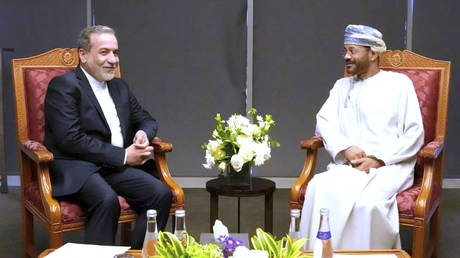Havana, Cuba – May 1, 2025 – Hundreds of thousands of Cuban workers filled the streets of central Havana today in a vibrant celebration of International Workers’ Day, marked by a rare public appearance from Raul Castro, the 93-year-old retired leader and revolutionary icon. The annual May Day rally, organized by the Cuban Workers Central (CTC), the country’s labor union confederation, showcased a sea of flags, banners, and chants, reaffirming Cuba’s commitment to its socialist principles amid ongoing economic challenges.
The event, a national holiday in Cuba, drew workers from across the island to commemorate the global labor movement, a tradition dating back to 1889 when socialists and communists designated May 1 as International Workers’ Day to honor the Haymarket Riots in Chicago and the fight for an eight-hour workday. Banners in the crowd bore messages like “La Lucha por la Patria Sigue” (The Fight for the Homeland Continues) and “Sancti Spíritus Presente” (Sancti Spíritus Present), reflecting regional participation and revolutionary fervor.
Raul Castro’s appearance was a focal point of the rally, as the former president and first secretary of the Communist Party of Cuba has largely stepped back from public life since retiring in 2021. His presence comes amid swirling rumors about his health, which have been a topic of speculation in recent years. Castro, who served as a key figure in the Cuban Revolution alongside his late brother Fidel, retains a seat in the National Assembly and the title of Army General. His attendance at the rally signals a symbolic show of continuity for Cuba’s leadership during a time of economic strain.
The Cuban Workers Central, which organized the event, has played a pivotal role in mobilizing labor support for the government since its founding in 1939. However, the CTC has faced international scrutiny in the past, notably in 2017 when the U.S. imposed sanctions on its leaders under the Trump administration, citing concerns over labor rights and political repression. These sanctions are part of the broader U.S. embargo against Cuba, which critics like the Cato Institute’s Daniel Griswold argue have “impoverished Cubans” and cost U.S. businesses billions in potential exports. The embargo, in place since 1958, continues to impact Cuba’s economy, exacerbating challenges that trace back to the Special Period of the 1990s following the Soviet Union’s collapse, when Cuba’s GDP shrank by 35%.
Despite these hardships, the mood in Havana was one of resilience. “Today, the homeland is a flag,” declared a caption accompanying images of the rally shared by redstreamnet on X, capturing the patriotic spirit of the event. The rally also highlighted Cuba’s ongoing economic struggles, with fuel shortages—a recurring issue since the Special Period—having altered the scale of previous May Day events, such as in 2023. Yet, the massive turnout this year suggests a renewed energy among Cuban workers.
The May Day rally remains a cornerstone of Cuban culture, blending political messaging with cultural celebration. As Cuba navigates its future under President Miguel Díaz-Canel, who succeeded Raul Castro in 2018, events like these serve as a reminder of the island’s revolutionary roots and the enduring role of its labor movement in shaping national identity.
For now, the streets of Havana have quieted, but the echoes of today’s rally—and Raul Castro’s rare appearance—will likely resonate as Cuba continues to face both internal challenges and external pressures in the months ahead.












